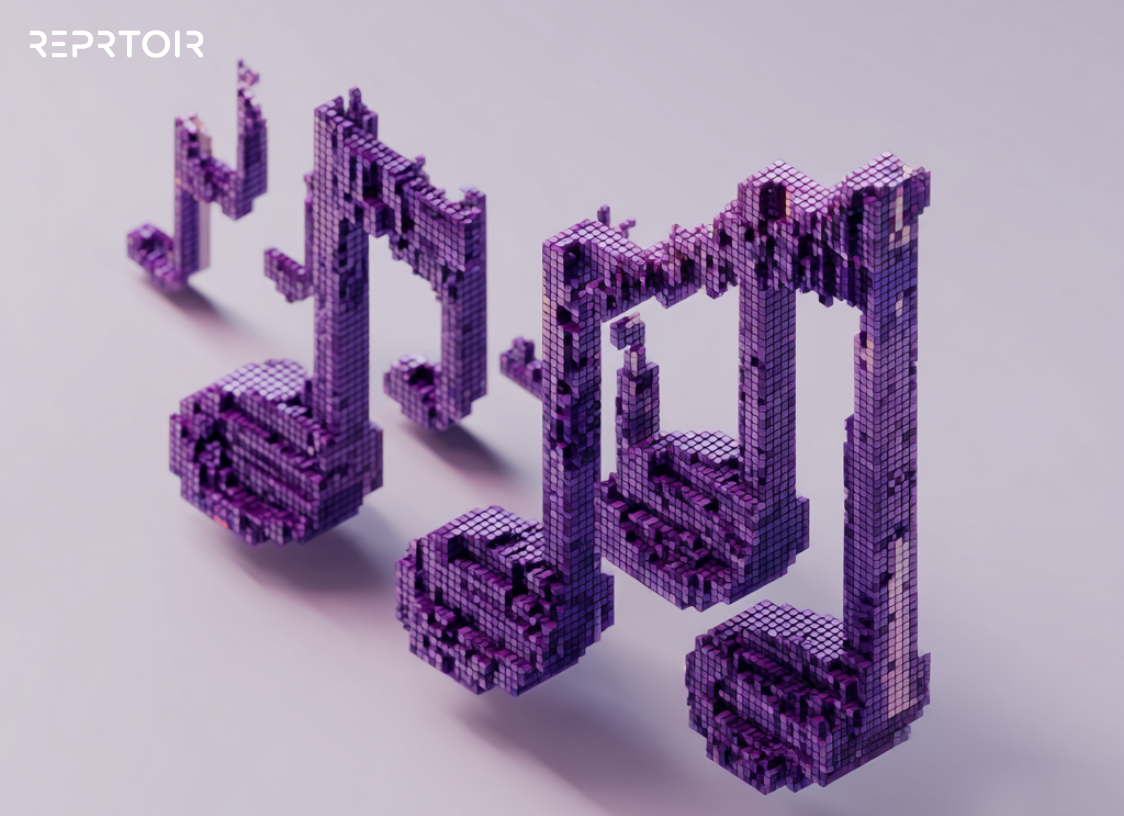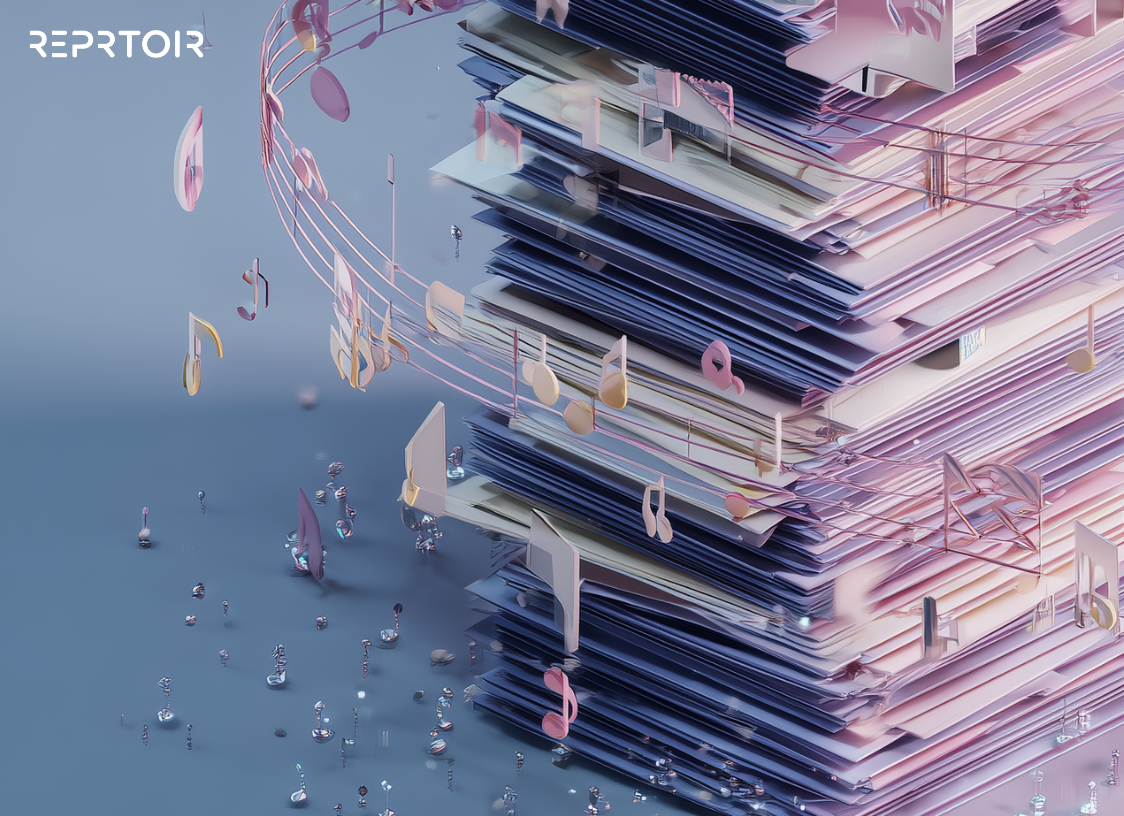The music industry has undergone a near-unbelievable transformation in the past decade. Driven by advances in technology, we've witnessed changes in consumer preferences and the global impact of streaming platforms.
You might think understanding this evolution is as simple as observing Gen Z (born after 1997.) After all, they play a critical role in shaping today's music landscape, with their preferences, behaviors, and spending habits impacting the industry at large. Yet, it's not that simple.
For artists, these technological breakthroughs have brought forth both challenges and opportunities. This article will discuss the shifts in discoverability and fandom within the music industry.
Shifts in Music Discoverability
Discoverability is at the heart of the evolving music landscape. Listeners are always on the prowl, seeking new ways to find fresh sounds or connect with old favorites. This is nothing new, however, as people have been doing this for centuries. Sure, some folks like repeatedly listening to the same song, but most people enjoy the thrill of finding new music. That brings us to our first major disruption: streaming.
Traditional discovery methods were fairly straightforward yet incredibly rewarding for the artists, labels, and venues involved. The radio played the hits, exposing listeners to new artists, and record stores provided a physical space for fans to interact with their music. As for TV broadcasts, these gave artists a chance to market their music or build a brand that was unparalleled in the industry.
Whether it was The Beatles on Ed Sullivan or Nirvana on MTV Unplugged, TV had a way of introducing us to some of our favorite bands. These performances captivated our undivided attention and helped solidify the relationship between music fans and their favorite artists.
The Rise of Streaming
Today, streaming services have become one of the primary ways people discover music. Up to 57% of younger demographics use them to find music. These platforms allow users to access millions of songs at any given time — all from a single device.
Gone are the days when discovering unique tunes was purely serendipitous — stumbling upon a catchy song on radio stations or hearing it from a friend's mixtape. Modern listeners rely more on advanced technology that leverages their personal listening history for tailored suggestions right at their fingertips.
Impact of Streaming Platforms on Music Discovery
With over thousands tracks added daily on Spotify alone, artists must now compete for listeners' attention amidst a rapidly-growing catalog — making discoverability more crucial than ever. The role of algorithms and curators has also grown increasingly important, with gatekeepers helping to sift out the most relevant content for each listener.
The algorithms that power streaming platforms can be a powerful force in the industry, helping with music democratization — but they can also create barriers for more niche artists not selected. With so much competition, it's no wonder many musicians are vying for their tracks to be added to curated playlists, such as Spotify's RapCaviar or Apple Music's A-List.
Addressing the Needs of Fandoms
So, how has this shift in discoverability impacted fan relationships with artists? The answer is multifaceted — but one thing is for sure: fans today crave a deeper connection with their favorite musicians than ever before. With streaming being the primary music consumption platform, it seems true die-hard fans (known as fandoms) are often left wanting.
From attending virtual concerts to artist-specific fan accounts on social media — there's no doubt that technology has opened up a plethora of opportunities for music fans to interact with their favorite artist in ways that would have been impossible before. But streaming services have yet to truly tap into the possibilities here, leaving it up to artists and fandoms to bridge the gap.
The difference between passive listeners and music fandom lies in how they interact with artists' work. Casual listeners might throw on a random playlist while cleaning the house or jam out to a few tracks on their lunch break. Upon listening, they may know the artist's name and a few songs but not much else.
Meanwhile, dedicated fans are the ones who seek out an artist's entire discography. They'll patiently wait for a full-length album, maybe organizing a dedicated listening session to really connect with the artists and hear the message. Think of "Dark Side of the Moon" by Pink Floyd. It has become somewhat of a rite of passage for the psychedelic community, where they attempt to listen to the entire album in one sitting, trying to grasp the concept and artistic message.
What would motivate an artist today to put the same amount of thought, time, and energy into their music, knowing that a high percentage of listeners will only be hearing an individual song or two? Worst yet, they may even hear only a snippet of the full song on TikTok. The truth is artists are incentivized to create catchy single songs that people can easily share. Of course, this is to the detriment of the music fandom culture, as no longer do musicians get the same attention for long-form projects.
The New Spotify Interface
Adjusting its interface to address today's demands for curated content, Spotify aims to enhance user experience and provide better tools for music discovery. First, they unveiled a revamped design involving ease-of-use enhancements. Naturally, as a company, Spotify gravitates toward the needs of casual listeners, which makes sense considering its business model.
They also introduced an AI DJ, giving personalized recommendations that might be more in tune with the wishes of hardcore fans. The results remain to be seen. However, they did jump on the TikTok bandwagon, introducing short-form videos on the homepage and samples of songs that people can listen to. This only furthers the fragmentation of fandom, as people are encouraged to listen to small snippets instead of giving an artist the attention they deserve.
So, how does TikTok have such an influence on what is arguably the biggest music streaming platform?
The Impact of TikTok on Music Fandom Creation and Discoverability
TikTok emerged as Gen Z's go-to social media platform for sharing short videos. Since its rise, it has surprisingly become an essential tool for music discovery. TikTok users have transformative capabilities, taking viral moments and directly translating them into commercial success.
We've seen them turn brief snippets into viral sensations (e.g., "Old Town Road" by Lil Nas X and "Say So" by Doja Cat) – catapulting artists into the limelight overnight. But beyond the platform's power to propel songs into mainstream popularity, users find value in the authenticity and relatability of its content.
In a sea of endless videos, creators often focus on capturing genuine experiences that resonate with viewers. Striking a balance between showcasing their unfiltered selves and integrating music into their content is crucial for TikTok users.
As for the artist, it's still up in the air. The platform provides an opportunity for artists to gain more visibility, but it also sets a precedent. Some artists, especially in Hip Hop, have resorted to making music strictly for the purpose of viral dances, which could potentially compromise the integrity of their music. And for what? According to research by MIDiA, 64% of TikTok users rarely know who they are listening to on the platform.
Bottom Line
In an ever-evolving industry experiencing major shifts in how we discover new music and build fandoms, it becomes crucial for artists and businesses alike to adapt their strategies accordingly.
Ultimately, embracing these changes will pave the way for stronger bonds between artists and music fans at various engagement levels, fostering sustainable growth. One thing remains certain: the passion for music transcends boundaries—not just those of geography but also those set forth by technological advances.
With the right strategies in place, the landscape of discoverability and fandom in the music industry is ripe for reinvention.










